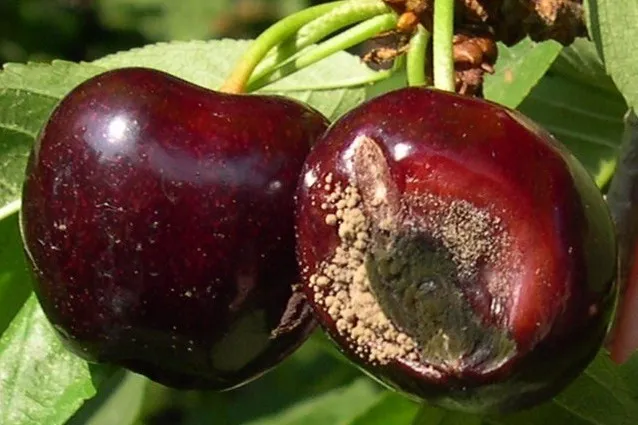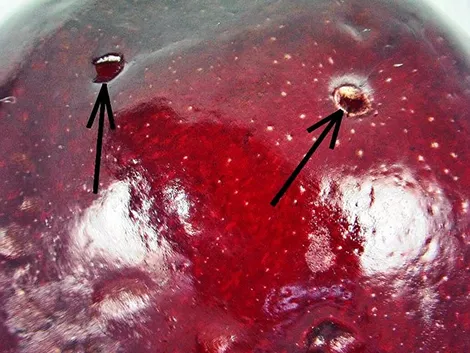California is the second-largest cherry-producing state in the USA and one of the leading producers worldwide. One of the major challenges in cultivation is cankers, caused by fungal pathogens. The three main pathogens in California are Calosphaeria pulchella, Cytospora sorbicola, and Eutypa lata.
These pathogens are known to cause branch dieback, and infections have traditionally been linked to pruning wounds. However, recent field observations suggest that other types of wounds, such as those from shoot and spur dieback, might also serve as entry points for pathogens.
A study conducted by a team of researchers in California investigated potential infection points through field surveys and artificial inoculations. The studies were carried out in five cherry orchards located in three different regions of California to assess the incidence of these pathogens in symptomatic shoots, fruiting spurs, and wood below pruning wounds.
The results showed that the highest incidence below branch pruning wounds was attributed to Cal. pulchella, followed by Cyt. sorbicola and E. lata. Among terminal shoots and fruiting spurs, Cyt. sorbicola was the most prevalent, followed by Cal. pulchella.
Additionally, researchers performed artificial inoculations to evaluate the susceptibility of different types of wounds, such as leaf scars, bud scars, and fruit-picking wounds, to these pathogens. The results demonstrated that fruit-picking wounds can serve as infection points for all three pathogens, with average pathogen recovery rates of 41.5% for Cal. pulchella, 63% for Cyt. sorbicola, and 36.2% for E. lata.
Moreover, leaf and bud scars were identified as potential entry points for Cyt. sorbicola, although the recovery rate was relatively low compared to fruit-picking wounds.
The study's conclusion emphasizes the need to revise management strategies in sweet cherry orchards. While traditional approaches have focused on protecting pruning wounds, it is evident that other types of wounds also play a crucial role in pathogen entry.
This broader understanding necessitates more comprehensive disease management practices that consider all potential infection points. The results particularly highlight the importance of minimizing damage during fruit harvesting and managing wounds from leaf fall to reduce the incidence of cankers.
This study is the first to identify harvest-induced wounds on fruiting spurs as significant infection points for Cal. pulchella, Cyt. sorbicola, and E. lata in sweet cherry trees. The high prevalence of these pathogens underscores the need for continuous monitoring and implementation of preventive measures across all potential infection sites.
By expanding the focus beyond pruning wounds, the study provides a more comprehensive approach to canker management, with the goal of improving the health and productivity of sweet cherry orchards in California.
Source: Li, S., Travadon, R., Nouri, M. T., & Trouillas, F. P. (2024). Determining the Main Infection Courts in Sweet Cherry Trees of the Canker Pathogens Calosphaeria pulchella, Cytospora sorbicola, and Eutypa lata. Plant Disease, PDIS-10. doi.org/10.1094/PDIS-10-23-2154-RE.
Image: Good Fruit Grower
Andrea Giovannini
University of Bologna (IT)
Cherry Times - All rights reserved










